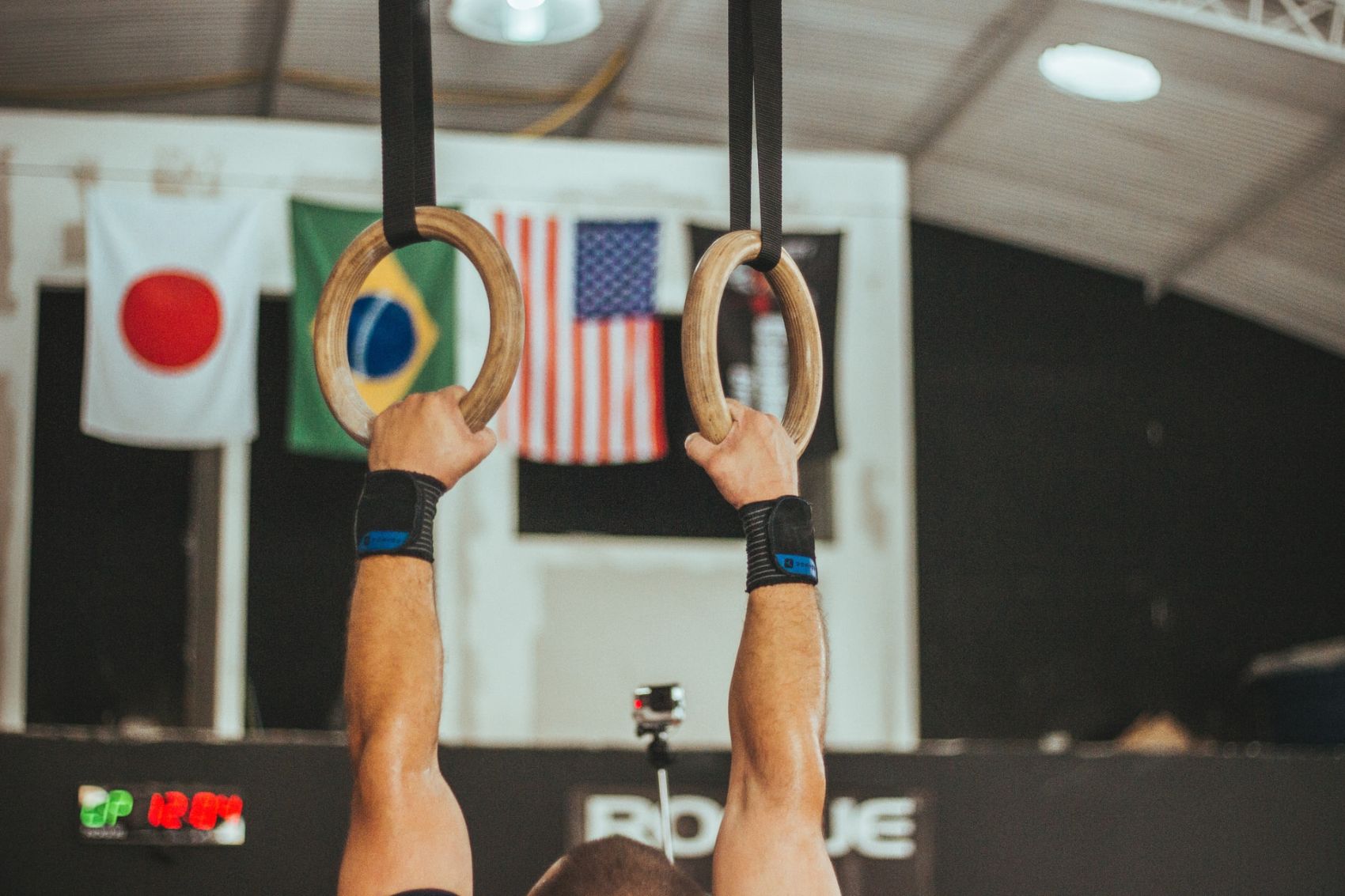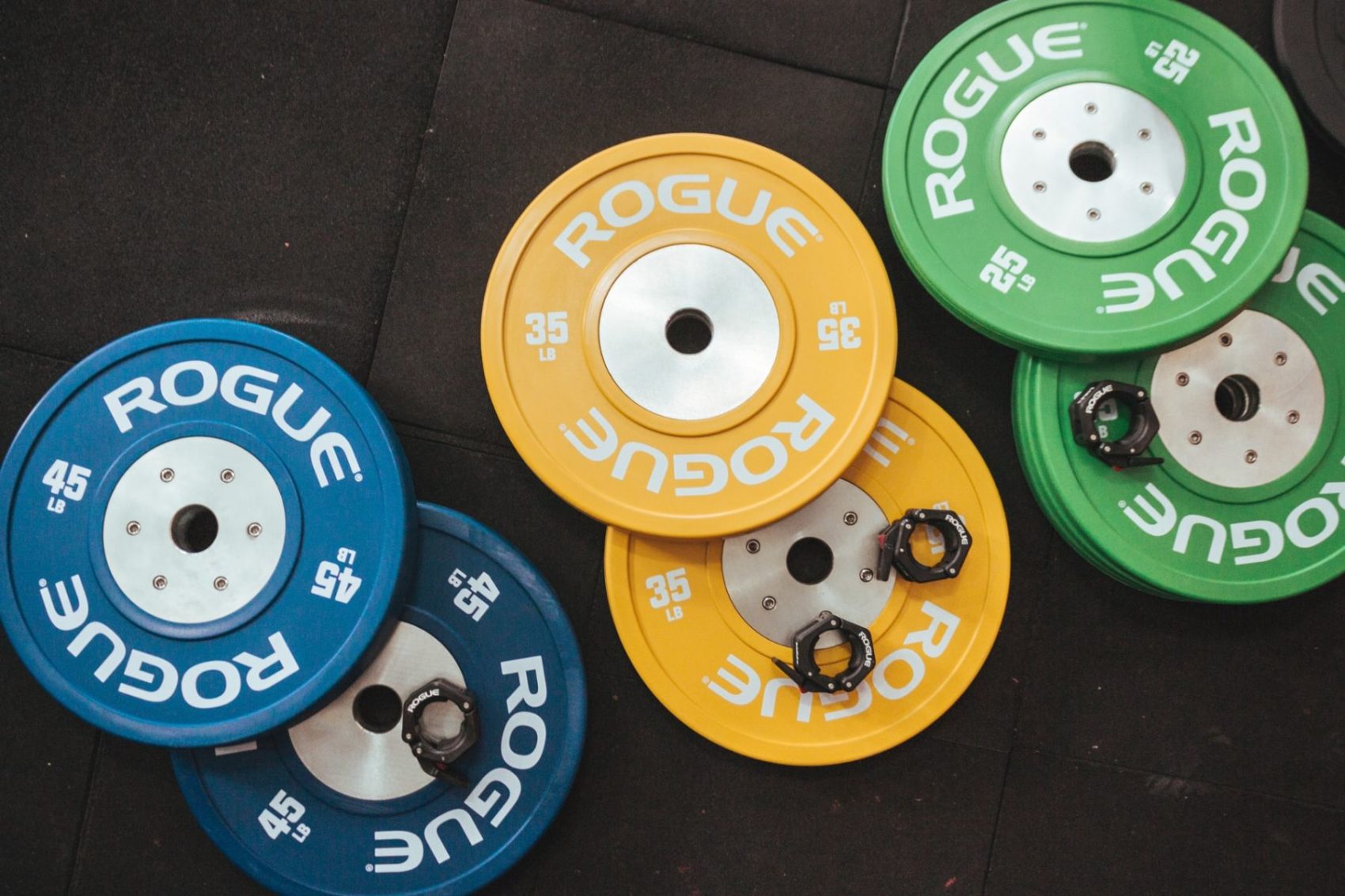When you are into Calisthenics for some time you definitely came in contact with both of these tools – straight bars and gymnastic rings. Often the question arises which piece of equipment wins the battle of rings vs bars.
Both offer new facets to your practice and have some unique benefits. Most folks start off with bars and later on discover gymnastic rings out of curiosity. Bars are widely accessible and every gym has at least a few sets of straight bars. Fortunately, gymnastic rings are getting more common outside of gymnastics thanks to the CrossFit community, which makes rings accessible to larger crowds.
So let’s look at the distinct benefits of each of these tools and see why you should incorporate bars or rings within your practice on a regular basis or even buy both if you’re looking to set up a homegym. This is probably a good idea regarding these weird times right now.
Bars – Every Beginner’s Friend
Straight Bars are Everywhere

Straight bars* can be found everywhere! Every gym has at least a few sets of those, each playground offers them and even at a homegym setting they’re fairly easy to install by drilling a few anchors into the wall. Plus most gyms have parallel bars* available to blast out a few dips or l-sits. These definitely also make sense for every homegym.
You can see how to set up a straight bar in proper DIY manner right here – otherwise, the ones you slip* around your door frame are great, as well as the ones directly mounted* into the wall! Just try to avoid the ones that go into the door frame at all costs.
Their accessibility sets them up as the best tool to start training basic skills on – like pullups, rows, hangs, levers, dips, and many more. If you’re looking for great bars check out the linked equipment, my list, or visit calisthenics parks to look for playgrounds and bars in your area.
Bars are a stable Buddy
Compared with rings bars are stable. This is both a benefit and a disadvantage at the same time:
- A stable surface to train on makes exercises easier
- Your stabilizing muscles aren’t taxed that much
Therefore you probably can rep out many more reps of a given exercise on bars compared to rings. That inborn stability is also why most exercises will be easier on bars vs rings.
That said, I would suggest to everyone to first learn an exercise’s technique on bars, build strength there in a stable and secure environment before moving on to gymnastic rings. Also, most weighted exercises should be performed on bars to avoid injuries especially when you plan to go heavy., as a means to take as many uncontrollable variables out of the equation.
Cover most fundamental Exercises

You can train all the basic upper body exercises on a set of parallel and straight bars:
- Dips, Pushups
- Pullups, Rows
- Leg raises, L-Sits
- Levers
…just to name a few basics. That’s one of the beautiful things about calisthenics, you just need minimal equipment to get everything done.
Most Exercises are easier
In contrast to gymnastic rings, most exercises will be easier. A lot. For real. That’s because your body hasn’t got to balance out the instability of the rings. Although this reflexive balance happens very subtle it takes a lot of energy at first. I always like to say that if you can perform 12 dips on parallel bars your max on rings – presuming you never trained on them beforehand – will be a third, so around 4 at max.
Controversially some exercises will be easier though – think of a muscle up or a one-arm chinup:
- The former is easier because the two separated two rings allow more movement compared to bars and therefore room for improvisation on your site.
- The latter feels simply nicer on the biceps tendon because of the movement gymnastic rings* allow.
Rings – The Ultimate Tool
Gymnastic Rings are even easier to set up

Gymnastic rings are even easier to set up than drilling a bar into the wall – presuming you have already a bar installed. Then you just throw them over it and are good to go. Otherwise, I’ve seen people drilling rotating ceiling anchors into their homegym’s ceiling. That looked really cool and handy:
I found a good guide on how to set them up right here.
Rings are unstable
Surprise surprise. But what does that mean in the context of training? We’ve talked mostly about the drawbacks of unstable rings in the bar’s section. Now let’s look at the benefits:
- Instability makes it harder to balance – therefore it challenges your shoulder stabilizers much more. Say goodbye to nagging shoulder aches!
- As rings are two separate entities compared to one bar they move more freely. This allows for more improvisation and adjustments on your part. You can train every exercise in many, sometimes awkward ranges – just think about archer dips, muscle ups, or a wide support hold.
Get all Upper Body Exercises done
I can hardly think of a few upper body movement patterns rings don’t cover – maybe side lateral raises. Others might be very complex – like planche work. Nonetheless, in theory you can train it on rings and there are progressions to scale every exercise down to your particular needs.
That makes for a lot of flexibility with only one tool – that’s why I love having a pair of rings* with me each time I travel. A tree branch or a palm tree makes for an awesome workout buddy to get everything done you need to stay active.

Rings vs Bars – When to use which?
Start on Straight Bars
I would definitely recommend anyone starting with calisthenics to get very comfortable with all the basic exercises on straight bars and parallel bars first. Build your foundation, develop a solid technique and get strong. That should be your focus in the beginning.
Once comfortable with for example chinups and pullups and your technique looks alright one of the best things you could do is to add variation. Either through slightly different pullup variations such as typewriters, false-grip chinups, explosive pullups, or by switching to gymnastic rings.
Don’t be humbled by Gymnastic Rings
Many people are humbled by or even afraid of gymnastic rings. I get this – once watching the Olympics and one sees the guys performing at them one must think rings are only for beasts. But fortunately, that’s not true. Rather rings make beasts. And there are dedicated, hard-working athletes out there. But that doesn’t mean that they have a monopoly on rings. After getting certain basics down, everybody can start with gymnastic rings and progress well on them. No one started with an iron cross.
That said, try them out! Rings are cheap, and you likely won’t dislocate a shoulder when going in a support hold. Learn the basic positions as a hang and a support hold first before progressing towards dips, chinups, and the like.
Stick with whatever Kind of Training you like!
In the end, it is more about doing the work, than how you do it. Of course, how plays a role, but it is far less important to progress than consistency is. Consistency will outwork any intensity. The power of compound interest as investors and economists say – and looking at many Instagram quotes Albert Einstein even should’ve said. Probably that’s bullshit.
Anyway, we’ve talked that both tools offer unique benefits, as well as disadvantages. They’re in the end just tools as a means to an end – to get stronger, to nail certain skills, or to stay healthy and functional.
And that’s how we use them. Therefore, stay with what aligns with your goals and is the most interesting to you. If weighted calisthenics gets you, grab some straight bars and rep out some impressive weights. If the elegance of the rings gets you, learn some cool stuff on there!
Because that’s why we’re all in the game. To learn some cool skills, lifelong!




